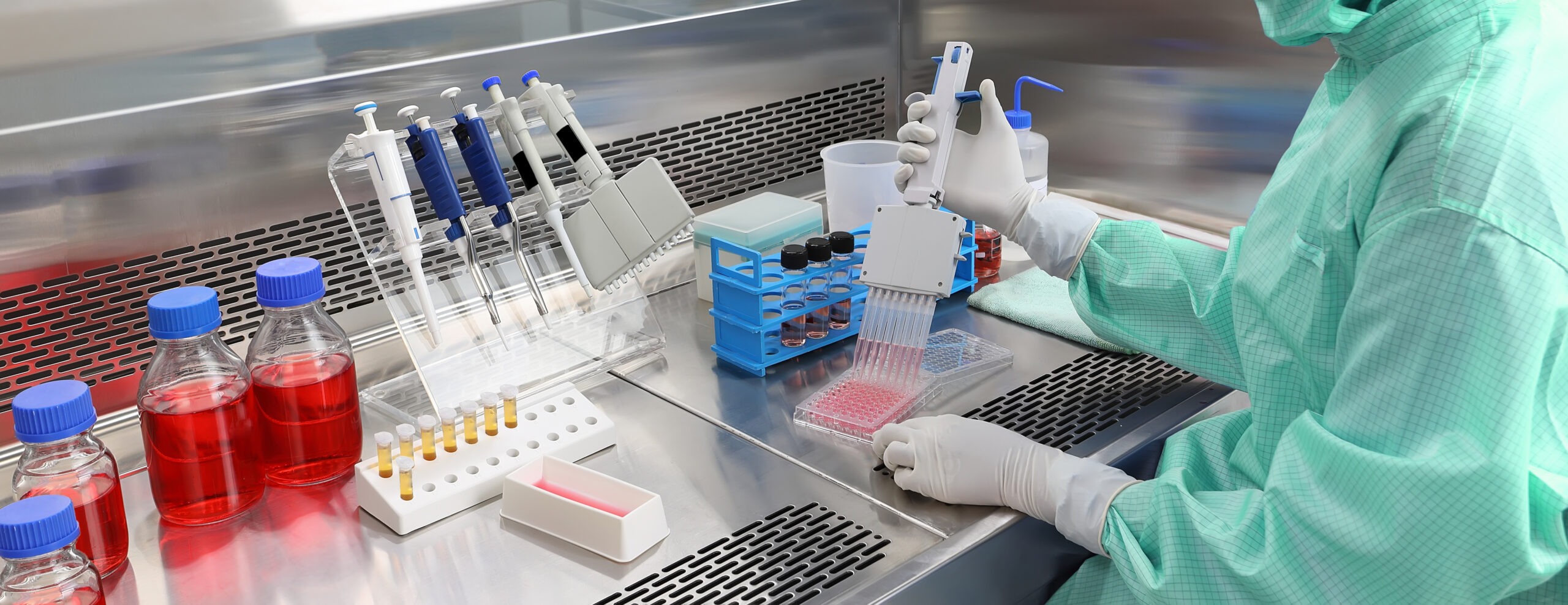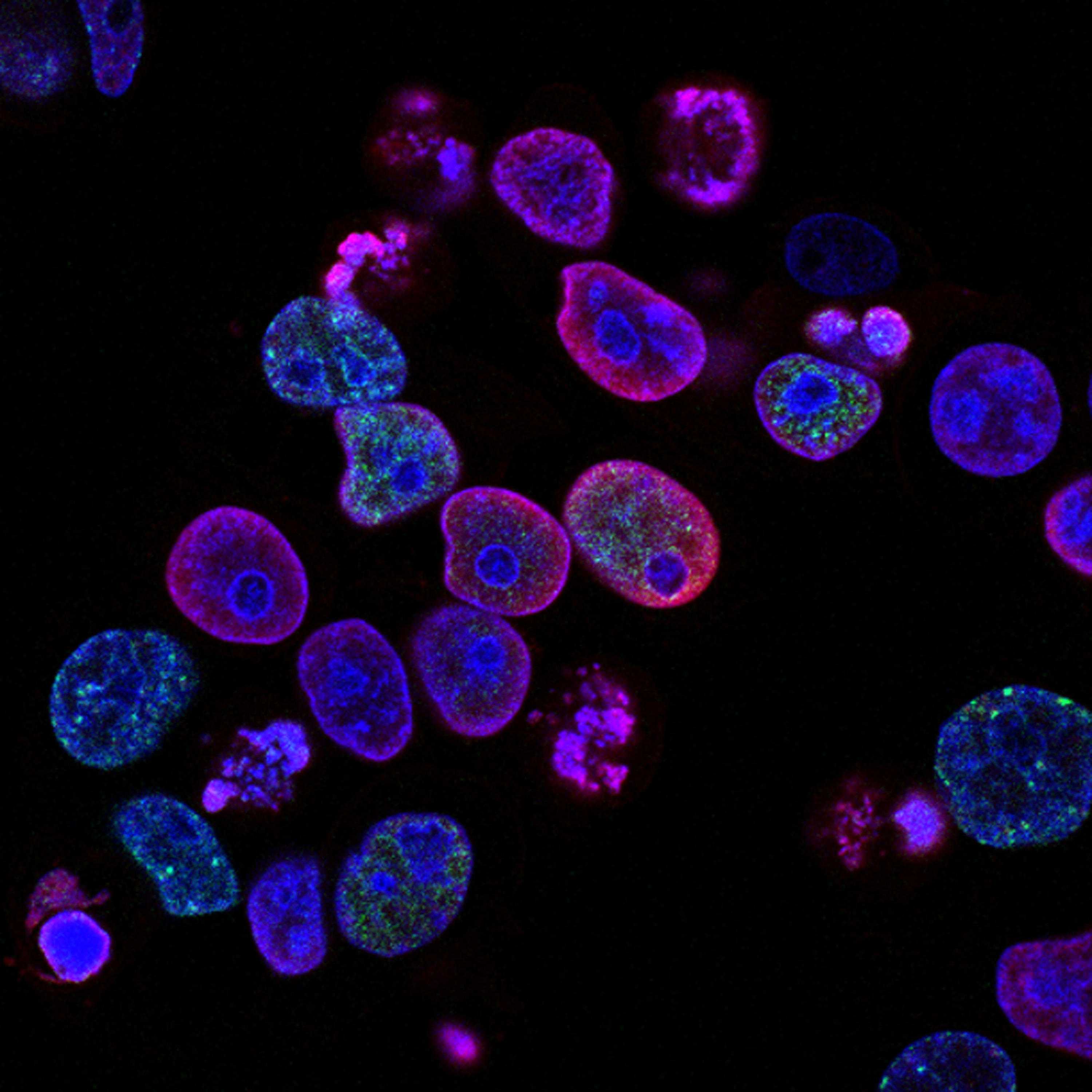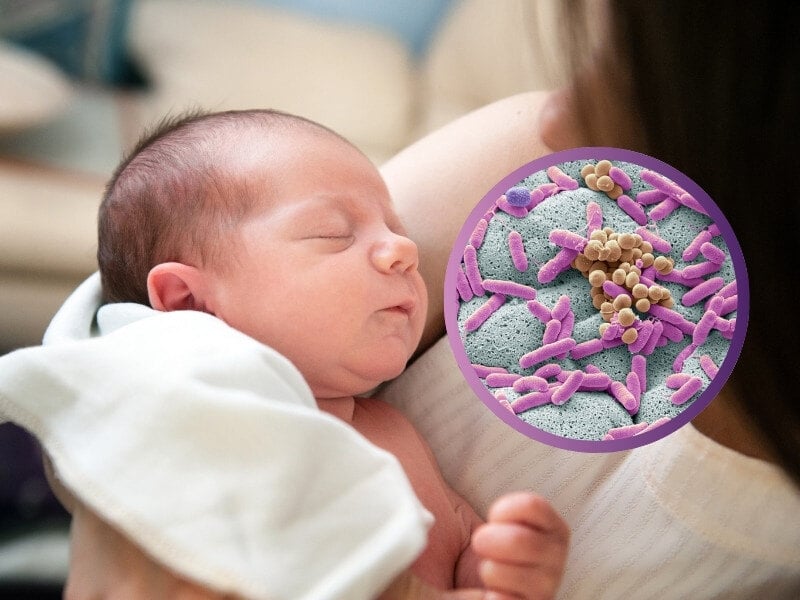Three Leading Perspectives on Biomarker Diagnostic Discovery in Immuno-oncology

Oxford Global’s 2021 Biomarkers UK conference played host to some influential names working in biomarker research. Our expert panel discussed companion diagnostics and biomarker discovery: their challenges in the field and where they think it is going.
Our moderator, Philip M. Arlen, has been associated with the National Cancer Institute for over two decades and is also President and Chief Executive Officer of Precision Biologics. Precision Biologics develop immuno-therapeutics for oncology and research their corresponding companion diagnostics and biomarkers.
Alexandra Sevko is the Director of Translational Research at Prokarium, a bioscience company researching the use of genetically modified bacteria to kill cancer. Prokarium is currently investigating the effect of Salmonella Typhi on non-muscle invasive bladder cancer and has a therapeutic in preclinical stages of development.
T. Scott Reid is the Vice President of Companion Diagnostics and Alliances at NeoGenomics, which works in oncology testing. NeoGenomics offer laboratory testing and assay development services for pharma and biotech companies.
Commercialisation of Companion Biomarker Diagnostics: Transitioning from Research to Commercial
Reid kicked off the discussion by pointing out that transitioning a companion diagnostic from research into its commercial phase is most challenging in newer and less established approaches. “PCR, IHC, FISH, and even NGS can now be considered fairly well-established technologies,” he says.
There has been an especially high recent interest in multiplexing in newer approaches. Multiplex approaches can look at more complex gene expression or protein expression profiles, not just the expression of one protein or gene. Here, multiple markers are interrogated simultaneously, which brings great new potential.
“You take the wrong marker, and you deep-six your whole program; that’s because of your choice of predictive marker and how you go about developing it.”
However, Reid explained that the problem was that these innovations are so new that there is “not yet a well-established regulatory pathway to approval.” Sevko also added to this point by stressing the need to be wise in selecting the discovery biomarkers, leading to the successful selection of companion diagnostics later down the road.
Arlen strongly concurred with Sevko on this point. He says, “you take the wrong marker, and you deep-six your whole program; that’s because of your choice of predictive marker and how you go about developing it.”
Arlen’s company is currently developing antibodies for clinical trials and working with biomarkers in the process. He says they are taking a simplified approach by developing an IHC assay, as it is post-translationally modified and is unsuited for gene to protein sequencing methods.
IHC is tried and trusted in assay development: “it works, it is reliable, and it provides a nice spatial context for the very specific biomarker that you are looking for,” explained Reid. That spatial context allows you to determine whether the biomarker is expressed in the tumour versus the regular tissue environment. But still, Reid cautioned that there should still be a lot of thought put into carrying out IHC assays to make them reliable enough to be commercially viable.
Biopsy and Tumour Tissue Samples for Biomarker Diagnostics
However, Sevko pointed out that often tissue biopsies are not available to investigate biomarkers. Scientists may only have a limited amount of material to study, meaning that the biopsy will be biased to the “time snapshot” from which the tissue was taken.
The risk for Sevko is that there will subsequently be “huge gaps between when the biopsy is taken and when the treatment is applied, meaning you won’t see what is going on in the tumour.” There is also the surprisingly high possibility that the tissue taken does not contain any tumour tissue, which frustratingly exacerbates the problem with biomarker research.
“Now, there are so many different methods allowing us to gather information about what is happening in and around the tumour,” Sevko mentioned, “but they are not yet approved as official tests for diagnostics.” Sevko thinks these methods should be considered when planning a biomarker discovery strategy.
- Experts Discuss Next Generation Organoids: Challenges and the Future
- Understanding The Tumour Microenvironment with Advanced Technologies
However, there are more considerations for biomarker discovery strategy. Among them are the type and location of the cancer and the research budget. The wide variety of modern methods available for use can make it difficult for scientists to decide which best suits their research.
Making the Most of Biomarker Diagnostics
Arlen then posed the question: how do researchers translate newly discovered biomarkers into valuable clinical tools? It’s a question that touches the heart of why scientists go looking for biomarkers; turning the discovery into something that could potentially make it through the regulatory process and become approved.
In Sevko’s experience of working in small biotech companies, although those small companies have an enviable creative environment, their resources are lacking compared to larger organisations. This means that a lot of their research gets outsourced, so it is essential for them to select a contract research organisation (CRO) that can provide various resources.
It is also essential to carry out thorough audits on the CROs before working with them. Sevko warned against getting transfixed by the salesmanship of these companies and recommended that biotechnology companies ask themselves what their ideal criteria for an appropriate CRO might be.
Arlen stressed the importance of the timing of the task at hand. “What specific needs are there at the time?” Arlen asked, continuing “but I think it’s important to engage in discussions even before you’re ready to embark on that project.”
This reduces the risk of making missteps in developing the project and having to circle back and fix those mistakes. In Arlen’s experience, there can be so many hurdles to jump during development that thinking about what is required from a CRO early on can help deal with future challenges.
For more insights into immuno-oncology, as well as commentaries, discussion group reports, and Q&As, sign up for our Immuno newsletter to receive monthly highlights. Are you interested in more about biomarkers in immuno-oncology? Why not come along to our next Immuno UK and Biomarkers UK conferences this year?









